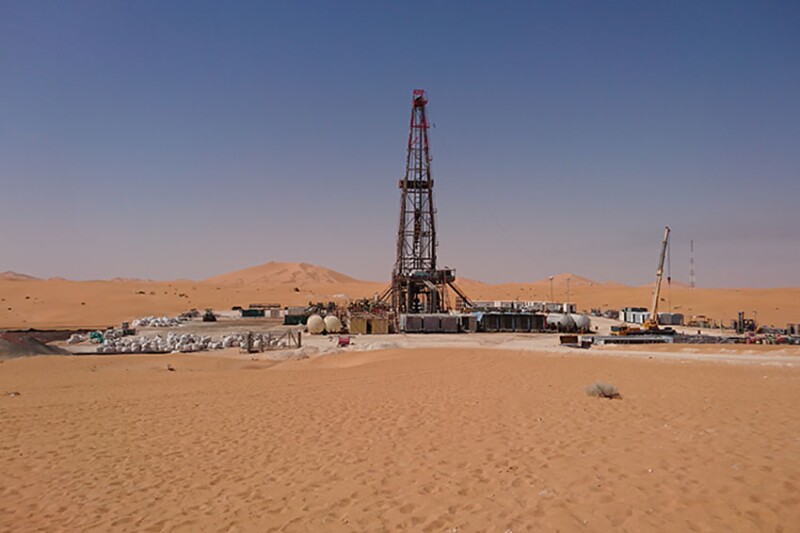The complete paper presents a case study of a North African oil field scattered with wells that did not initially require fracture stimulation for economic production but now could benefit from hydraulic fracturing. Many of these wells are producing from multiple perforated intervals through completions with production tubing that were not designed for fracturing and cannot be worked over. The field is producing from two Ordovician sands, one with a higher permeability (5 md) and one with a much lower permeability (0.5 md). Significant benefit was achieved by fracture stimulating one or both intervals in two wells, despite completion and operational limitations.
Field and Reservoir Background
For the field of interest, the operator drilled and completed two exploration wells on its concession in 2015, targeting multiple reservoir layers. Both wells successfully flowed hydrocarbons from the Ordovician Atchane and Jeffara intervals.
Initial petrophysical analysis results indicated that Well 2 had more net height and better reservoir quality than Well 1 and that the Atchane reservoir is of better quality than the Jeffara reservoir because it contains approximately 80% of the permeability thickness (kh). Atchane holds more of the total reserves.
A field-development plan and reservoir model were prepared.


